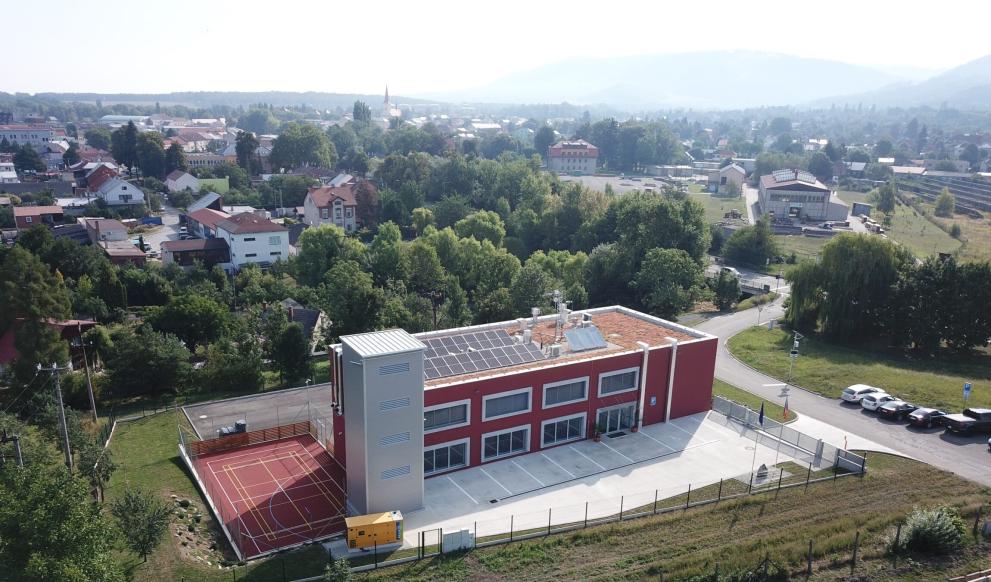
The Zlín border region in the east of Czechia holds 307 municipalities, many with under 1,000 inhabitants. These areas often hold insufficient knowledge of how to reduce emissions and increase efficiency, especially in buildings – a crucial part of the energy transition.
The Energy Agency of the Zlín Region (EAZK) recently took part in the LC DISTRICTS Interreg project, which significantly accelerated the development of low-carbon areas nationwide, with targeted buildings energy renovations.
The project also refined the “OP Environment” (OPE) national subsidy programme in the field of environmental protection. For many years, EAZK has worked with OPE and administered hundreds of projects (worth billions of CZK over the past 15 years) where OPE supported a significant part of these investments in EE and RES. One of the challenges for the Zlín Region is to use this investment in the most efficient way possible and to provide feedback to the national level with suggestions for improvements.
LC DISTRICTS created a unique opportunity to connect the regional and national levels through the cooperation of EAZK with state institutions like Czech Technical University, the State Environmental Fund, or the Ministry of the Environment.
Further, participation in the LC DISTRICTS project enabled both EAZK and the Zlín Region to not only capitalize on their own experience but also be inspired by partner regions in Navarra (ESP), Småland (SWE), Ancona (IT) and Croatia. These learnings contributed to the process of determining the shape of OP Environment for the following programming period 2021 – 2027.
Conclusions that emerged during the project cooperation include:
- Modern low-energy and passive houses built in the public sector of pilot areas have great potential to become a model for other similar buildings in the private sector as well.
- Support for renovation to low-energy standards in public buildings apart from passive houses is insufficient, taking into account the fact that not all public buildings are able to achieve passive house requirements.
- The use of functional examples from other countries in terms of ambitions, materials used, and a comprehensive approach can be an inspiration to key entities forming the final form of national operational programs.
Thanks to the comprehensive concept of the LC DISTRICTS project, EAZK will act as a facilitator for municipalities and regions through the submission of targeted and carefully selected projects. It will also play an important role in providing feedback at the national level for further adaptations to the program for its most efficient use and the benefit of end users.
Details
- Publication date
- 6 June 2023
